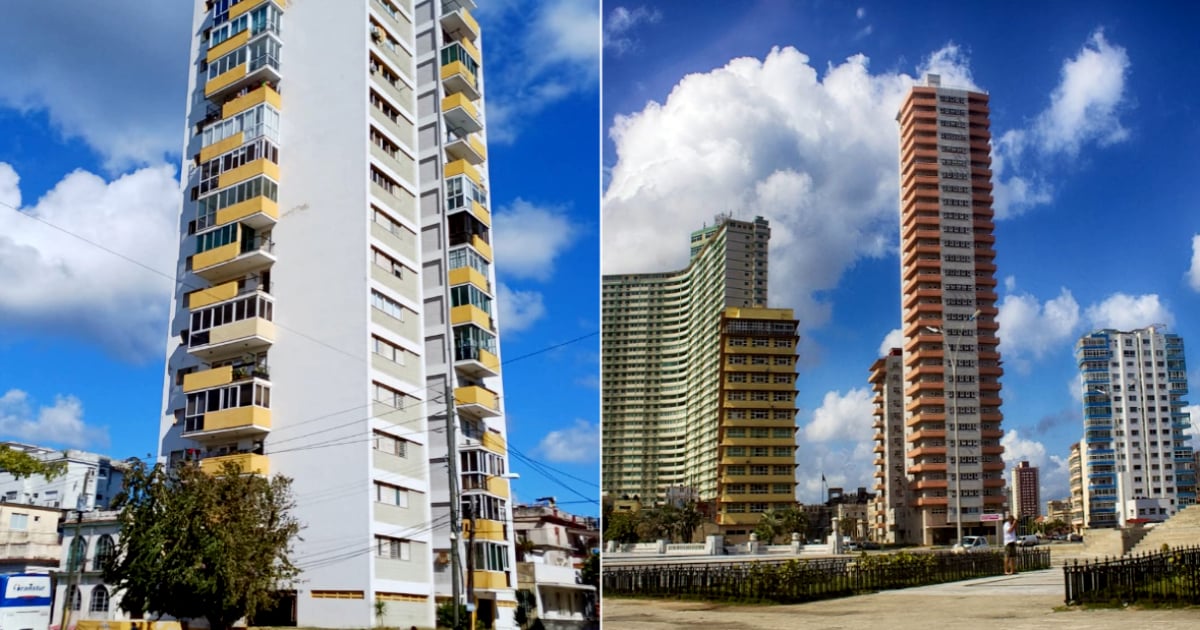A powerful earthquake with a magnitude of 7.6 struck north of Honduras this Saturday, affecting several regions throughout the Caribbean, including Cuba, according to information from the Pacific Tsunami Warning Center (PTWC). In Havana, numerous residents reported feeling the tremors, particularly in high-rise buildings. "The strong earthquake in the Caribbean was felt in Havana's tall buildings," meteorologist Elier Pila Fariñas shared on social media.
Other witnesses recounted the earthquake's intensity. "My building at 19 and G, Vedado, just shook very strongly... the ground trembled for about 12 seconds, causing pictures, chairs, and other items to move... it was quite a scare," wrote user Julio Gonpagés on Facebook.
In response to the event, the PTWC issued a tsunami alert for various regions in the Caribbean, including Cuba. The alert was lifted a few hours later, along with recommendations for the population to avoid coastal areas and heed the authorities' instructions.
The organization indicated that the earthquake could have generated hazardous waves within a 1,000-kilometer radius from the epicenter, potentially impacting countries such as Jamaica, Belize, Mexico, Honduras, Haiti, Costa Rica, and Nicaragua. However, no incidents of this nature were reported.
The Cuban Institute of Meteorology, along with other emergency entities, confirmed they were monitoring the situation, urging the public to stay informed and ready for potential evacuation if conditions necessitate it. Coastal populations in western and eastern parts of the island, particularly Santiago de Cuba, Baracoa, and Holguín, were on alert for possible sea level rise.
How to Stay Safe in a High-Rise During an Earthquake
If you reside in a high-rise building and an earthquake occurs, follow these guidelines to ensure your safety:
During the Earthquake:
- Stay calm and act swiftly. Avoid rushing to the exit, as staircases may collapse or become crowded with panicked individuals.
- Follow the "Drop, Cover, and Hold On" rule. If possible, get under a sturdy table or stand next to an interior wall away from windows.
- Keep away from windows, mirrors, and items that might fall. Shattered glass can cause serious injuries.
- Do not use the elevator. It could become stuck or damaged during the quake.
- If you are in bed, remain there. Protect your head with a pillow and shield yourself from falling objects.
- Avoid being near shelves, pictures, or hanging lamps. They may detach during the shaking.
- Do not attempt to use the stairs during the tremor. They might collapse or become hazardous due to the number of people trying to escape.
After the Earthquake:
- Ensure your safety before moving. Check for any severe structural damage to the building.
- Inspect for gas leaks or downed power lines. If you smell gas, do not turn on lights or appliances and ventilate the area.
- Follow authorities' instructions. Listen to the radio or check official sources for guidance.
- Keep an emergency kit ready. It should include water, non-perishable foods, a flashlight, important documents, and a first aid kit.
- Use the stairs to evacuate only if it is safe. Wait for instructions from building managers or rescue teams.
If you live in a seismic zone, it is advisable to conduct drills and identify safe zones within your home.
Key Questions on Earthquake Preparedness and Response
What should you do immediately after an earthquake?
After an earthquake, ensure your safety first. Check for structural damage, gas leaks, and follow local authorities' instructions. Have an emergency kit ready and use stairs for evacuation only if it is safe.
Why is it important to avoid using elevators during an earthquake?
Elevators can become stuck or suffer damage during an earthquake, posing a risk to those inside. It's safer to use stairs after ensuring they are stable and clear.
How can high-rise residents prepare for earthquakes?
Residents can prepare by identifying safe zones, keeping an emergency kit, conducting regular drills, and staying informed about local seismic activity and guidelines.
